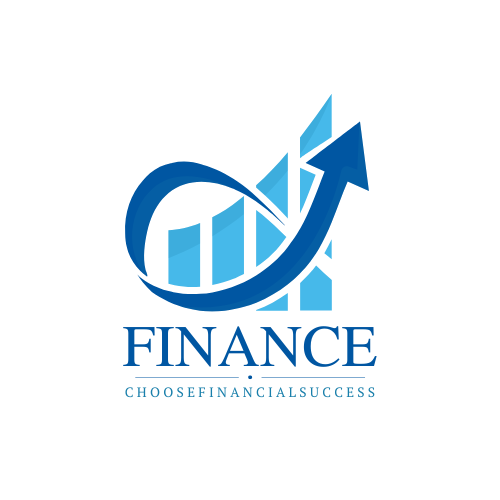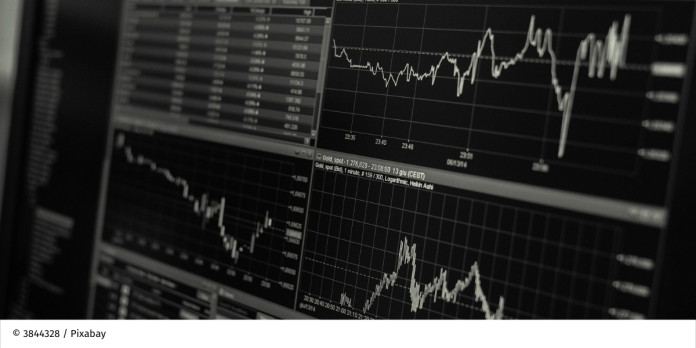Investors do not always have good experiences with the topic of risk. Anyone who invested money in individual shares of Wirecard, Telekom or at the time of the Neuer Markt will usually think of the stock market as a casino with many risks. But risk is not just bad, because it always comes with opportunities. The key is to avoid bad risks and instead take the good risks.
Bad risks are those who for individual securities occur, because you can lose everything. There are plenty of examples: Wirecard AG was once included in the DAX stock index. Before that there was also a KarstadtQuelle AG or a Praktiker AG. Enron, Worldcom, Lehman Brothers and General Motors show that even global corporations are not a safe bank. On the other hand, there are of course also so-called price rockets in which high double-digit returns could be achieved over many years. The problem here, however, is that price rockets are rare and no one can reliably predict them. Finding the next Google, Tesla or Apple stock is purely a matter of luck.
Good risks On the other hand, there are those who only development of the entire stock marketmeasured by a stock index.
For example, when the “people's share” Telekom went public, the DAX was still below 3,000 points. Today it is trading around five times as high. Some investors would probably have a different relationship with the stock market today if they had received good advice back then.
How to reduce risk: Broad diversification instead of individual stocks
Many of the bank advisors at the time encouraged the hype; after all, the banks made great money from the IPO. Investors would have been better advised if, instead of buying a share, they had simply bought a share of the entire stock market. How does that work? With broadly diversified global stock funds, ideally with inexpensive ETFs, i.e. index funds. You can find out more about this in the podcast “Investing in ETFs”.
But before you invest money in the stock market, there is one central question that only you can answer: Do you want to take more risk in order to have more opportunities and if so, what is your pain threshold? How many euros (or percent of the investment amount) could you forego in the worst case scenario? Many investors find it difficult to answer this. Take enough time for this. Don't just look at the risks, also weigh up the opportunities. Your gut feeling is important, because if you don't feel comfortable when the stock market crashes again – and it does so all the time – you should stay away from it or limit your share of shares.
What can a good mixing ratio look like?
Investment amount: 100 euros per month (total 24,000 euros)
| Equity quota | Normal stock environment | Very negative stock environment |
|---|---|---|
| 20 percent shares | 28,900 euros | 23,700 euros |
| 50 percent shares | 32,800 euros | 19,300 euros |
| 80 percent stocks | 37,300 euros | 15,000 euros |
The examples show that the risk can definitely be worth it. The calculations assumed an interest rate of 1 percent for safe investments and a return of 5 percent for a normal stock environment. The very negative stock environment requires stock values to be halved, which historically was roughly the maximum risk of loss given global distribution, although it has never occurred to this extent over a 20-year period.
We deliberately left out a very positive stock environment with a multiplication of investments, although it is just as likely or unlikely as a very negative one. If it turns out better than expected, you can be happy about it.
Our return calculator will help you if you want to find out about the risks and returns when investing in stocks. You can use it to see how your decision on the ratio of (safe) fixed-term deposits to (risky) stocks affects the return on your investment.


